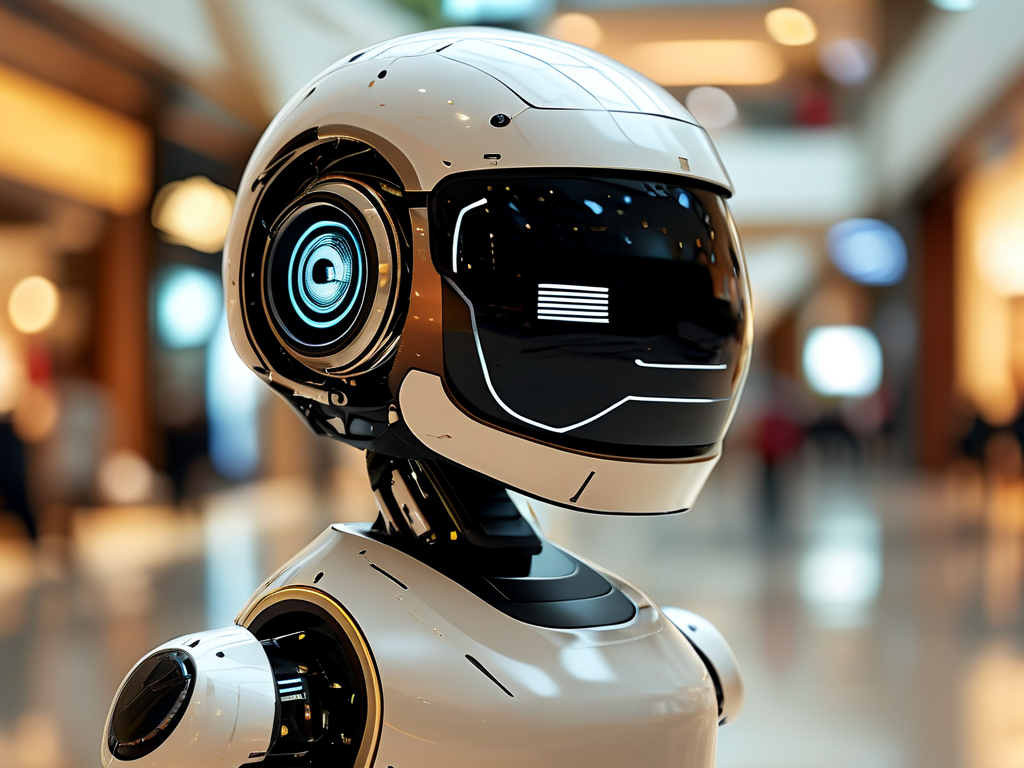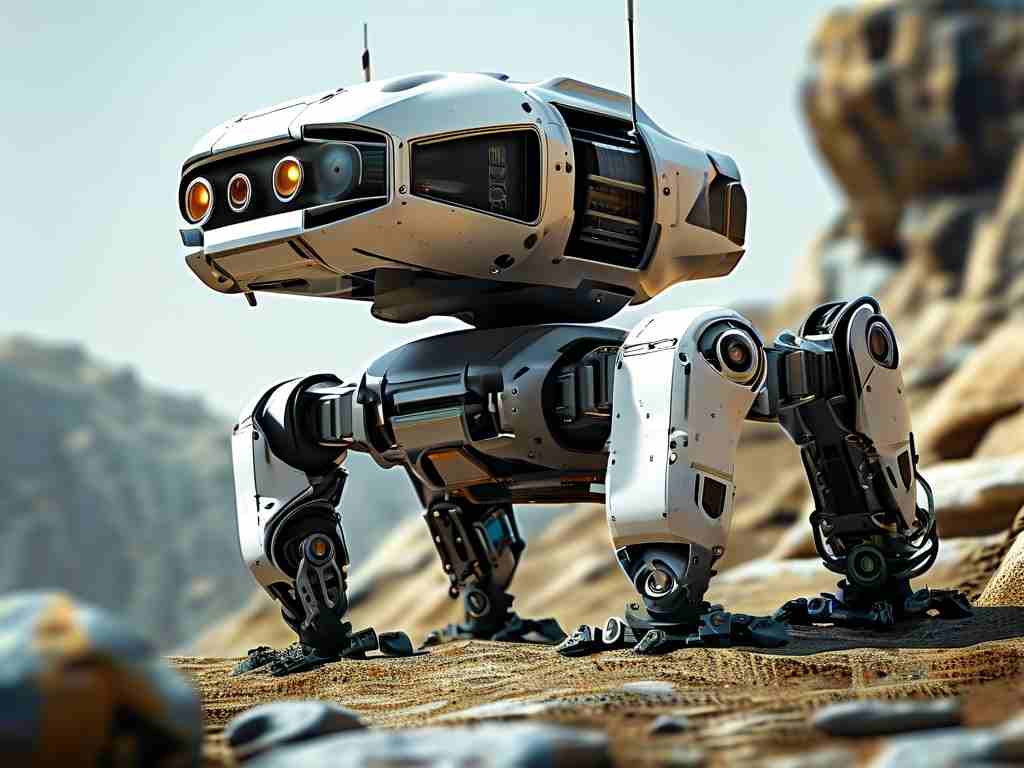As commercial spaces evolve, shopping malls increasingly adopt service robots to enhance operational efficiency and customer experiences. This article explores critical technical specifications for deploying these intelligent systems in retail environments, emphasizing performance benchmarks and implementation considerations.

1. Navigation and Positioning Systems
Autonomous mobility forms the backbone of mall service robots. Advanced simultaneous localization and mapping (SLAM) technology must integrate LiDAR sensors and depth cameras to ensure centimeter-level positioning accuracy. Unlike warehouse robots operating in structured environments, mall units require dynamic obstacle avoidance algorithms capable of handling unpredictable foot traffic. A case study from Singapore's Marina Bay Sands complex demonstrates how multi-sensor fusion (combining ultrasonic detectors and 3D vision) reduced collision incidents by 89% during peak hours.
2. Human-Robot Interaction Interfaces
Voice recognition modules should support at least 93% accuracy across major regional dialects, with noise-canceling microphones filtering ambient sounds up to 65 dB. Touchscreens require IP54-rated durability against liquid spills and fingerprint smudges. South Korea's Lotte World Mall implemented emotion-aware AI that adjusts interaction patterns based on facial expression analysis, increasing user satisfaction scores by 41% compared to standard models.
3. Data Security Protocols
All robots must comply with GDPR and CCPA regulations through end-to-end encryption for customer data transmission. Retailers in the EU now mandate physical privacy buttons that temporarily disable camera functions upon user request. A 2023 MIT study revealed that robots employing blockchain-based activity logs reduced data breach risks by 73% compared to conventional cloud storage systems.
4. Maintenance and Upgradability
Modular component design enables swift battery swaps within 90 seconds – crucial for 18-hour daily operation cycles. Over-the-air (OTA) firmware updates should maintain backward compatibility with at least three hardware generations. Japanese developer SoftBank Robotics recently introduced dual-boot systems allowing instant switching between navigation and entertainment modes without service interruptions.
5. Load-bearing and Payload Specifications
Delivery-focused models require 15-30 kg carrying capacity with anti-vibration stabilization for fragile items. Thermal management systems must prevent motor overheating during continuous operation, particularly in tropical climates. Dubai Mall's logistics robots employ phase-change material cooling that maintains optimal temperatures even at 45°C ambient conditions.
Implementation Challenges and Solutions
While technical specifications provide a framework, real-world deployment demands careful environmental adaptation. Lighting variations across mall zones necessitate auto-brightness adjustment for display screens. Floor surface transitions (from marble to carpeted areas) require adaptive traction control algorithms. A consortium of European retailers has developed standardized testing protocols simulating 200+ operational scenarios before field deployment.
The global market for mall service robots is projected to reach $3.8 billion by 2027, driven by these evolving technical standards. As artificial intelligence and edge computing advance, next-generation models will likely incorporate predictive maintenance features and real-time crowd density analysis. Retailers must balance technological sophistication with user-centric design to maximize the potential of these automated assistants.



